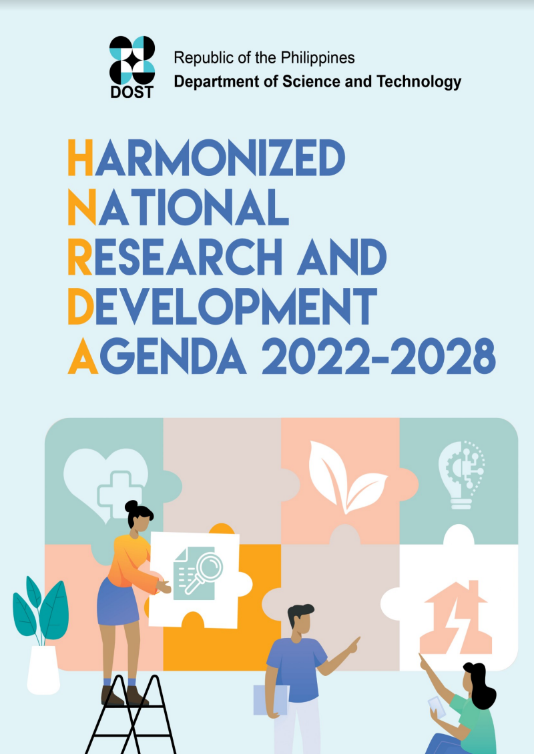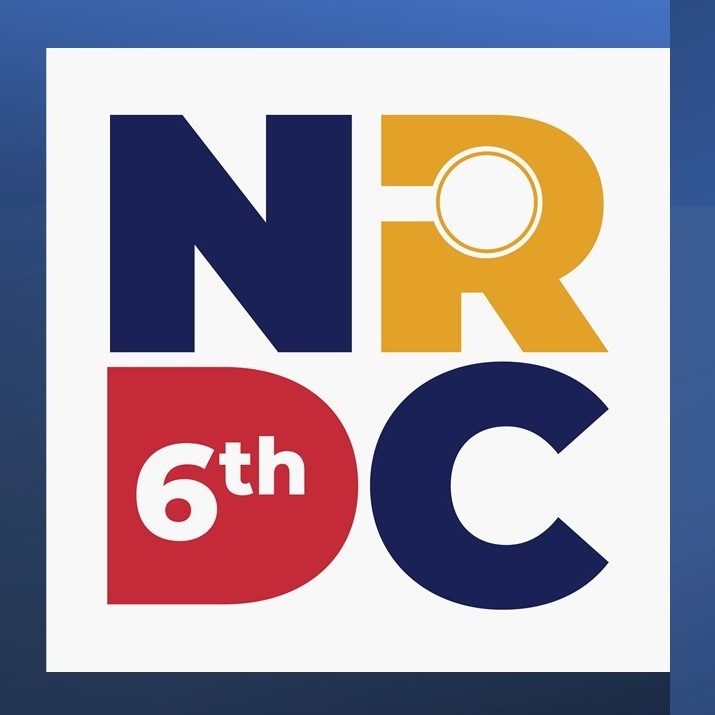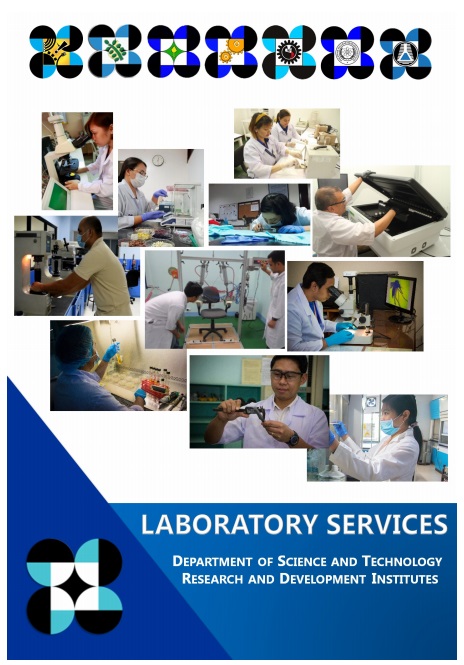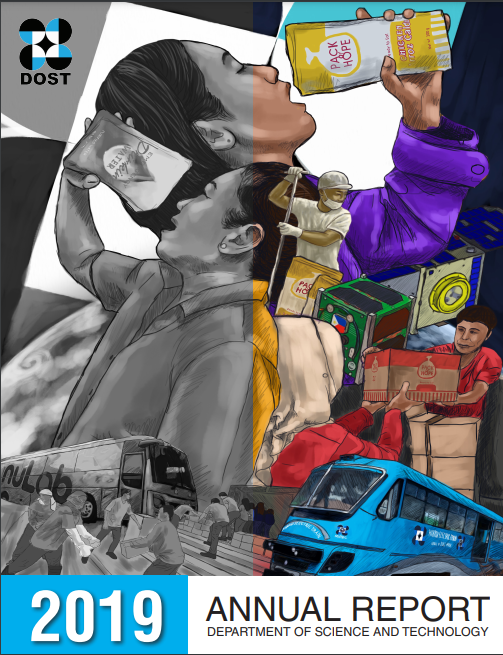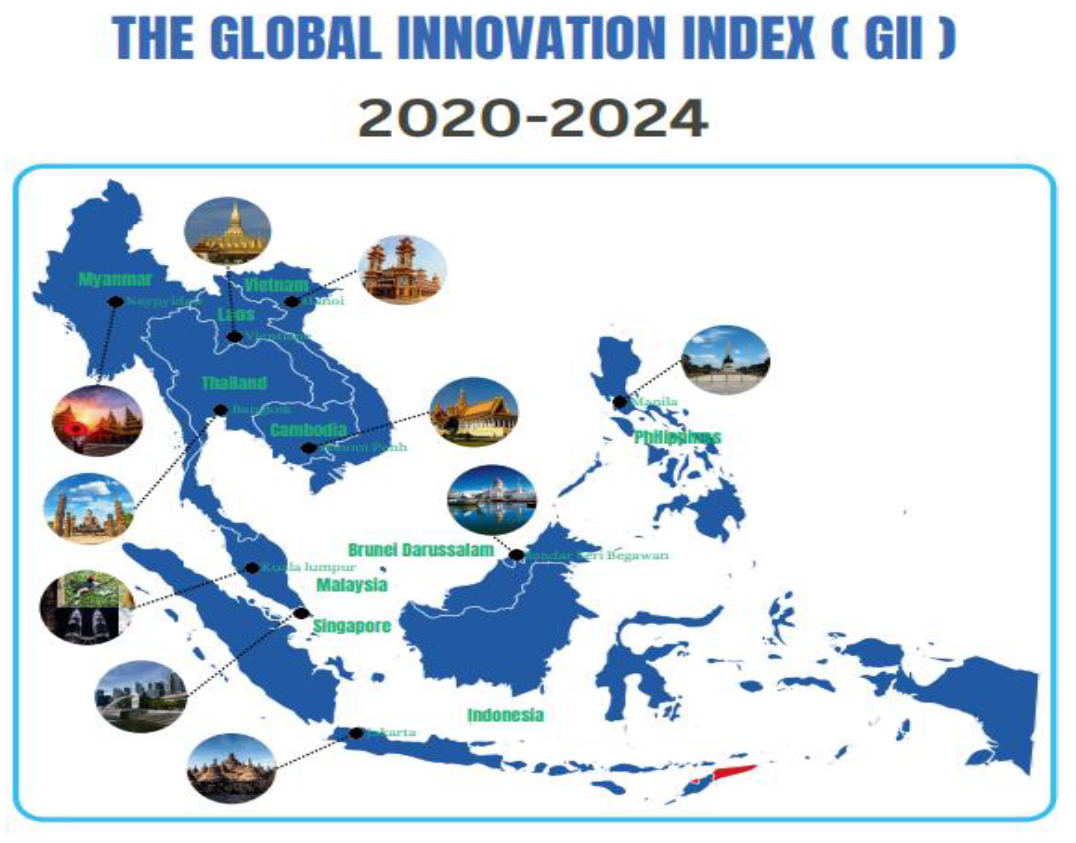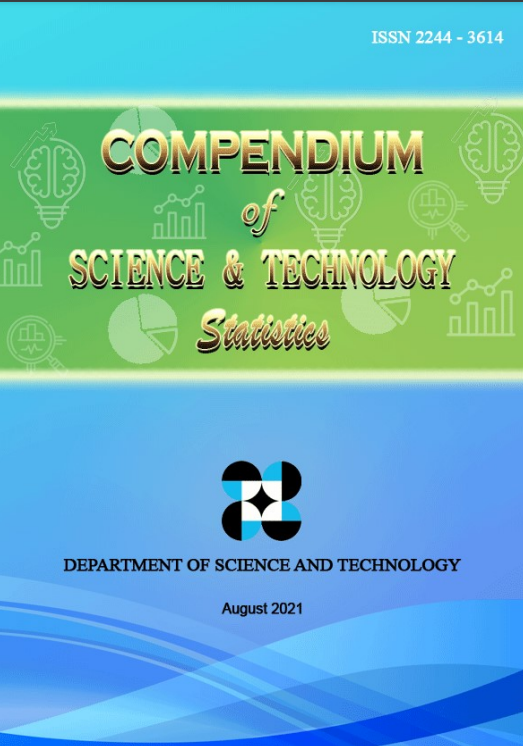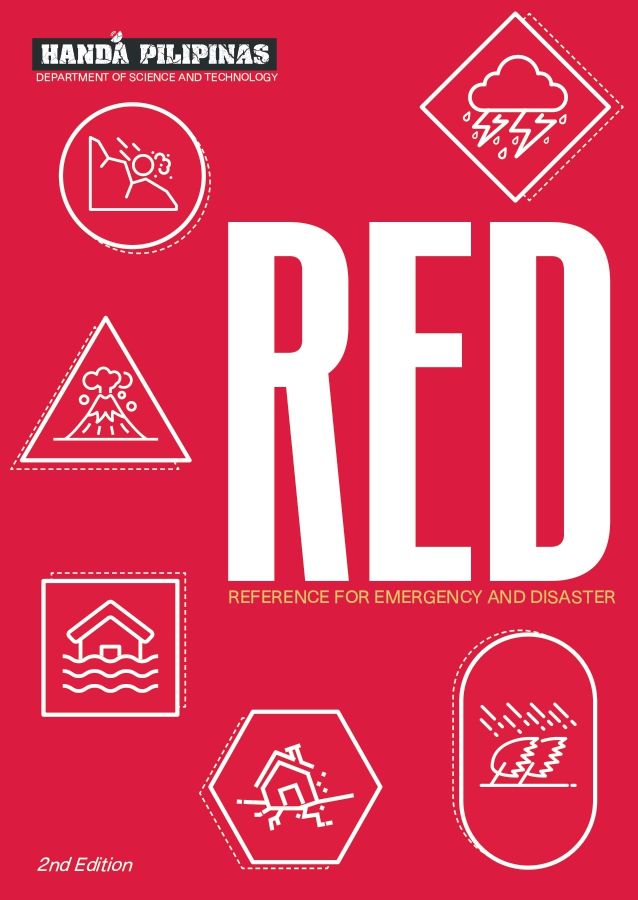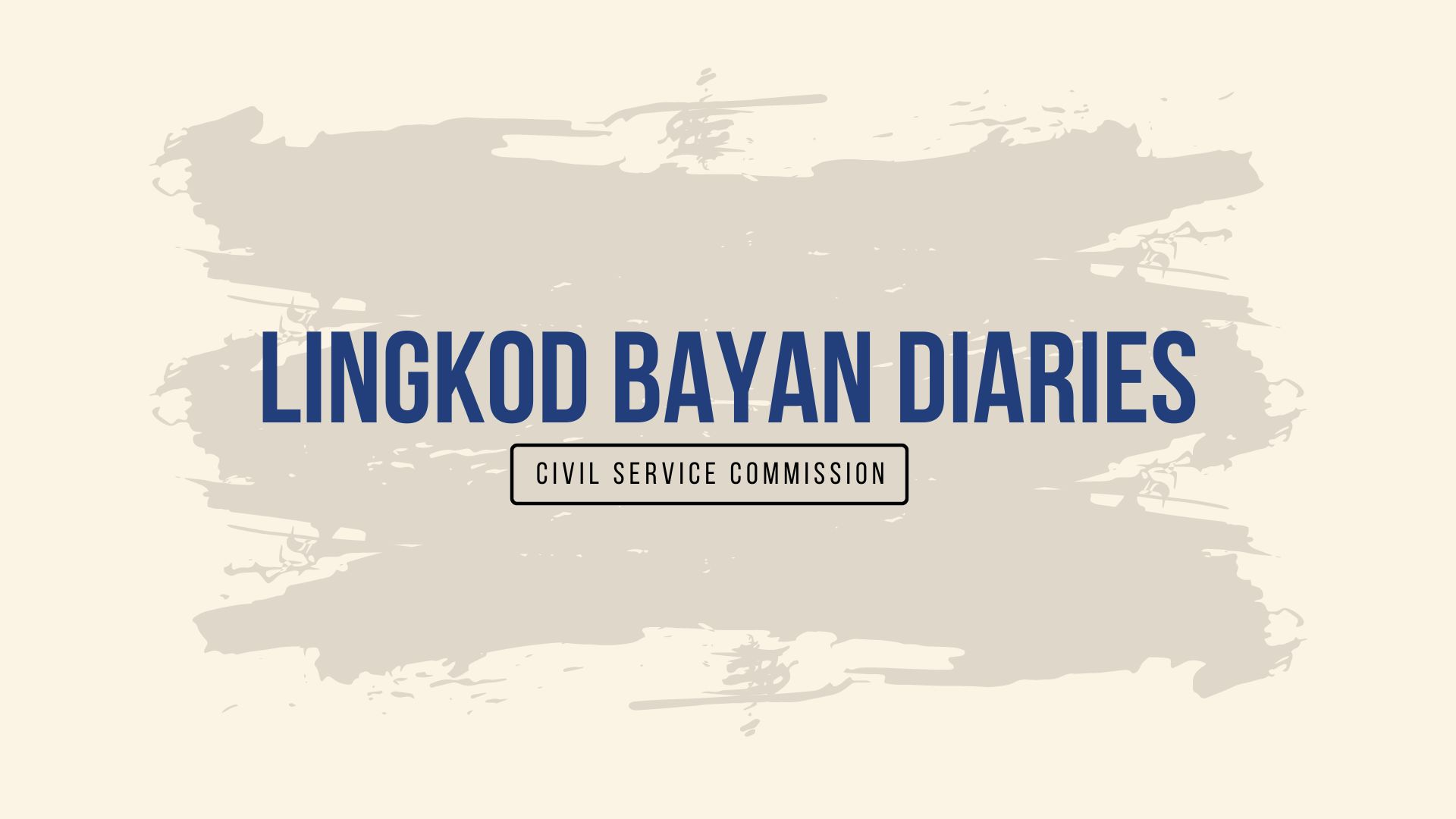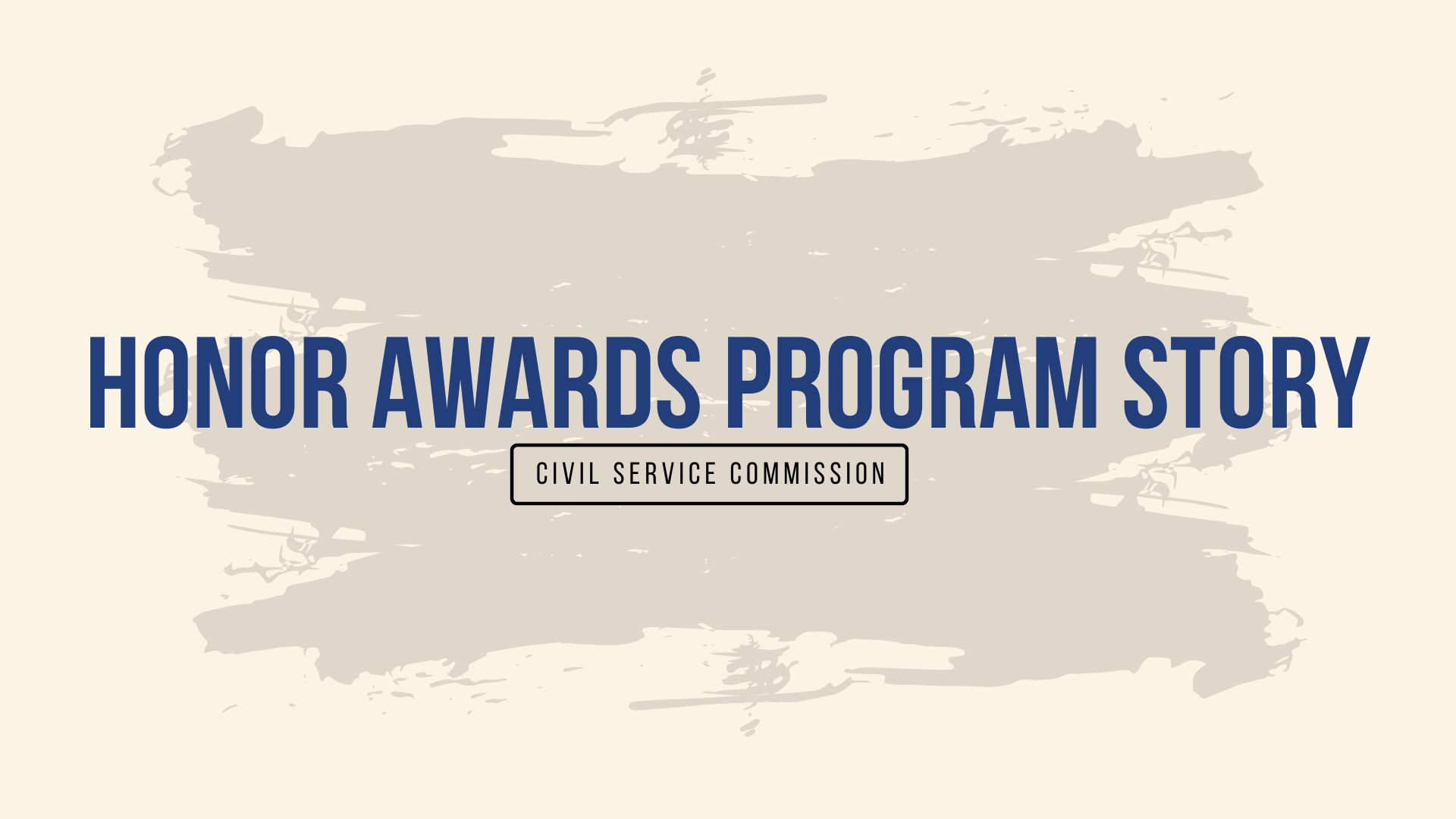Local researchers develop high-yielding, disease-free abaca hybrids
- Details
- Hits: 9228
Pacol, a wild variety of banana and a close relative of saging na saba, was used to create a disease-free breed of abaca.
In a project dubbed “Production of High Yielding and Virus-resistant Abaca Hybrids”, experts were able to do this by using molecular markers in a biotechnology process called genetic engineering. This collaborative project among agencies such as the Department of Science and Technology’s Philippine Council for Agriculture, Aquatic and Natural Resources Research and Development (DOST-PCAARRD), University of the Philippines Los Baños (UPLB), Institute of Plant Breeding (IPB), and Department of Agriculture-Biotech
Read more: Local researchers develop high-yielding, disease-free abaca hybrids
DOST research council names new head
- Details
- Hits: 7716
The Governing Board of the Department of Science and Technology - National Research Council of the Philippines named Dr. Carina Galvez Lao as its new executive director.
Dr. Lao is not new in the DOST System. Before being chosen as the Council’s new Executive Director, Dr. Lao worked at the DOST Philippine Atmospheric, Geophysical and Atmospheric Services Administration (PAGASA) for 39 years (1974 - present). She was Assistant Weather Services Chief before joining NRCP.
Color sorter technology increases rice productivity for rice traders
- Details
- Hits: 16879
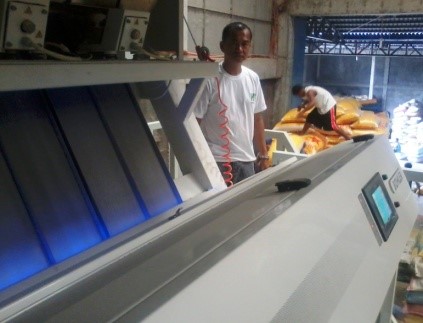
The color sorter technology for rice has really paved the way for increased productivity of our current facility,” said Leonard M. Garcia who started his rice mill business with his wife on January 20, 2005. “Before the intervention of the Department of Science and Technology, we were able to produce 40 percent good quality commercial rice and the other 60 percent graded as ‘slight’ by rice traders,“ he quipped.
Read more: Color sorter technology increases rice productivity for rice traders
DOST boosts nano filters production to help supply safe water in typhoon-hit areas
- Details
- Hits: 9391
The Department of Science and Technology (DOST) is ramping up the production of low-cost ceramic water filter to be distributed to the typhoon-affected families in Leyte province.
The effort is part of the DOST-wide relief project for Visayas is dubbed “Sulong Tabang” or S&T sa Visayas. Tabang is the Visayan word for “help.”
Read more: DOST boosts nano filters production to help supply safe water in typhoon-hit areas















